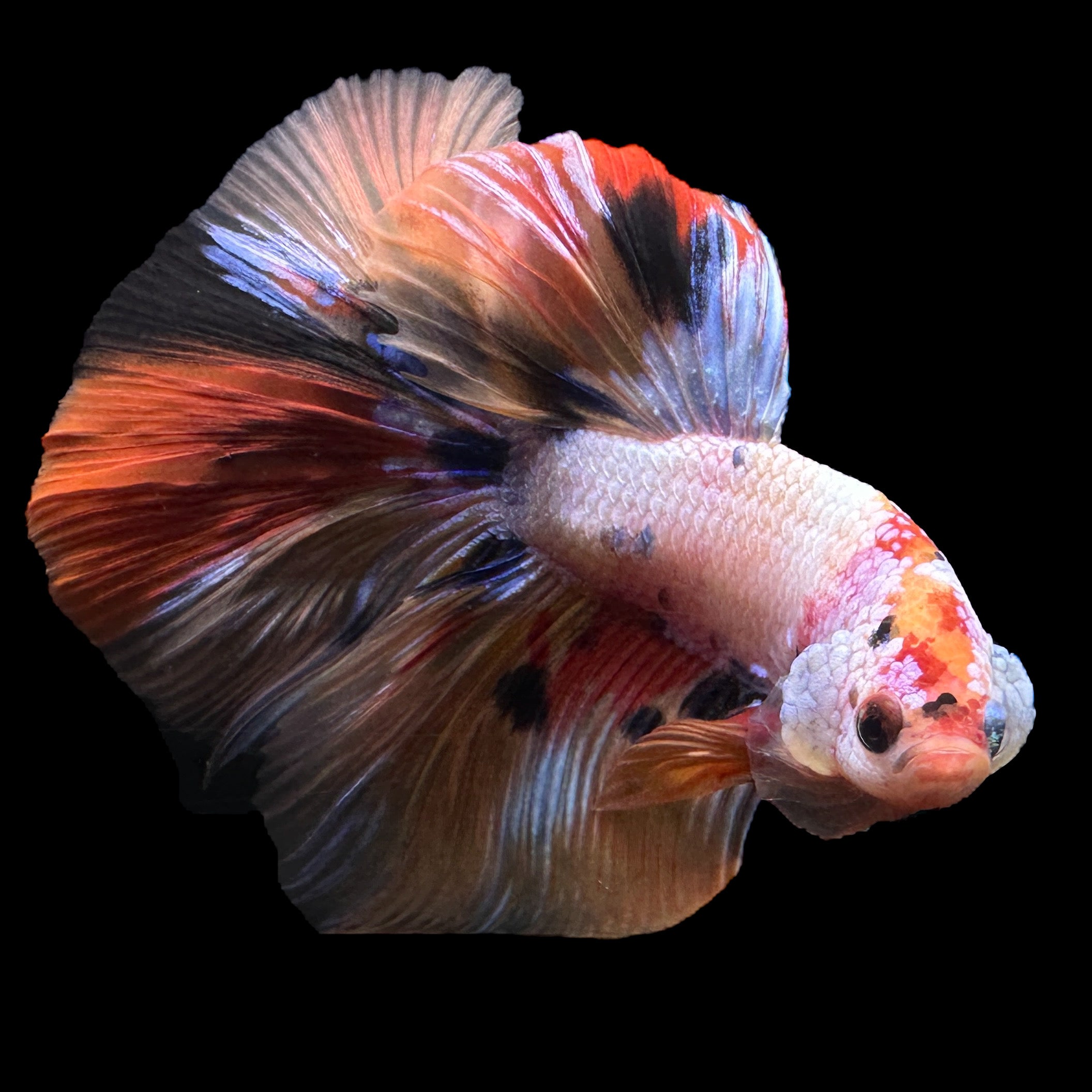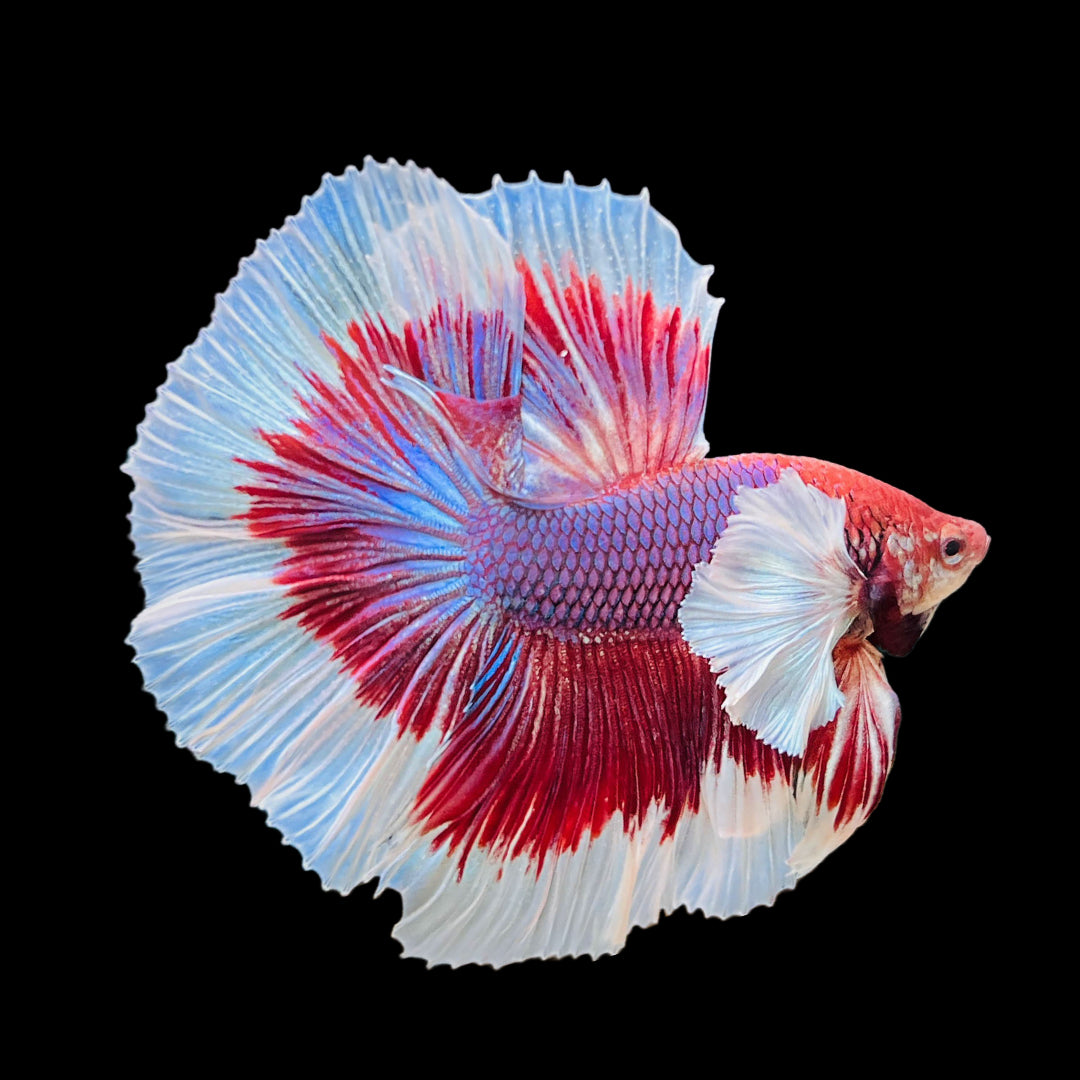Betta Fish Diet: What to Feed Your Betta for Optimal Health And Wellness
Betta Fish Diet: What to Feed Your Betta for Optimal Health And Wellness
Blog Article
Exactly How to Breed Betta Fish Efficiently: Expert Techniques and Insights for Hobbyists Looking to Broaden Their Betta Collection
Reproducing Betta fish requires a nuanced understanding of genes and ecological conditions, making it necessary for hobbyists to come close to the procedure with both persistance and care. Producing an optimal reproduction environment, picking the best pairs, and observing the details of their courtship behaviors are foundational steps that can substantially influence the end result.
Understanding Betta Fish Genetics
Comprehending the genes of Betta fish is vital for effective reproduction, as it affects attributes such as shade, fin form, and actions. Betta fish exhibit a diverse array of colors and patterns, largely determined by their genetic makeup. The primary genes accountable for coloration include the "B" gene for blue, "D" gene for red, and the "C" gene for color intensity. Breeders can manipulate these traits by selecting specific moms and dad fish that show wanted features.
In addition to pigmentation, fin morphology is an additional considerable aspect of Betta genes (betta fish). The sizes and shape of fins are influenced by various genetics, consisting of those that identify whether the fins are brief, long, or veil-shaped. Recognizing these genetic variations helps dog breeders anticipate the phenotypic outcomes of their spawn
In addition, behavior traits such as aggression and territoriality can likewise be influenced by genes. These habits play an important role in the reproducing process, as they can influence generating success and the overall personality of the resulting fry. By adequately understanding these hereditary principles, dog breeders can make educated decisions, ultimately improving their breeding programs and achieving preferable results.
Preparing the Reproduction Atmosphere
Producing an optimal reproduction atmosphere is essential for the successful recreation of Betta fish. The initial step in preparing this atmosphere is to pick an ideal breeding tank, preferably ranging from 5 to 10 gallons. This dimension allows for enough swimming area and the establishment of areas. The container needs to be equipped with a heater to preserve a secure temperature in between 78 ° F and 80 ° F, which is essential for motivating generating behavior.
Next, think about making use of a sponge filter or an air rock to give gentle water flow without producing solid currents that can emphasize the fish. It is important to install plants or reproducing cones to supply concealing spots and promote comfort for the female during the spawning process. Floating plants, such as Java moss or water sprite, can likewise produce an extra natural surroundings while helping with bubble nest building by the male.
Prior to presenting the breeding pairs, guarantee the water is conditioned and complimentary from unsafe chemicals, such as chlorine or heavy metals. betta fish. Routine water adjustments need to be conducted to preserve ideal water high quality, boosting the chances of successful breeding. With these prep work in position, the reproducing atmosphere will certainly support the wellness and wellness of both Betta fish
Picking Breeding Pairs
Picking the best reproduction pairs is vital for attaining effective Betta fish reproduction. When picking your breeding sets, consider numerous key factors including wellness, character, and genes. Healthy Betta fish exhibit vibrant shades, clear eyes, and active behavior. Picking fish that are without illness guarantees a better opportunity of creating viable spawn.
Character is another crucial consideration, as Betta fish are understood Read Full Report for their aggressive nature. It is a good idea to select a man and female that display suitable characters to decrease tension throughout the breeding procedure. A tranquil male can motivate a smoother courtship, while a lady that is as well hostile may interrupt the procedure.
Genetic history also plays a considerable duty in the quality of the spawn. Reproducing fish that are genetically diverse can lower the risk of hereditary health problems and boost the overall vitality of the fry. It is beneficial to investigate the family tree of both the male and woman, focusing on desirable qualities such as fin kind, color patterns, and size.
The Breeding Refine
The reproduction process of Betta fish requires cautious preparation and focus to information to guarantee a successful end result. It is vital to prepare a suitable breeding storage tank, preferably a 5-10 gallon fish tank with a temperature level kept at 78-80 ° F. The tank ought to be geared up with a heating unit, filter (ideally sponge kind to stay clear of solid currents), and lots of marine plants for the lady to hide.
Once the environment is set, introduce the selected reproducing set to the storage tank, allowing them to acclimate. Observe their behavior; the man will certainly present intricate courtship routines, consisting of flaring his fins and constructing a bubble nest. If the lady reveals rate of interest, she will certainly show vertical stripes indicating preparedness for spawning.
When the female is responsive, the set will certainly participate in a mating embrace, throughout which the male feeds the eggs. It is vital to check their communications carefully, as the male may come to be hostile. After spawning, remove the lady to prevent possible damage. The male will next page tend to the eggs, which typically hatch out within 24-36 hours. Preserving optimal water problems throughout this period is important for the development of healthy and balanced Betta fry.
Taking Care Of Betta Fry

Feeding Betta fry is important, as they call for a diet plan high in protein. They can be fed infusoria or liquid fry food, transitioning to carefully crushed top quality pellets as they grow. Feed little sections several times a day to urge healthy growth without overloading the tank with uneaten food.

As they mature, check their development carefully and divide any type of hostile individuals navigate here to stop damage. By giving a nurturing setting and appropriate nourishment, hobbyists can efficiently raise Betta fry right into vibrant, healthy and balanced fish, ultimately improving their reproduction endeavors.
Verdict
Successful Betta fish breeding calls for precise focus to genetic choice, ecological conditions, and take care of the fry. By comprehending the genes of Betta fish and preparing a suitable reproduction environment, hobbyists can boost the chances of creating vivid, healthy children. Picking compatible reproduction pairs and carefully monitoring the courtship and spawning procedures are essential. Ultimately, providing ideal treatment for the fry guarantees their healthy and balanced development, contributing to a thriving Betta collection.
Report this page